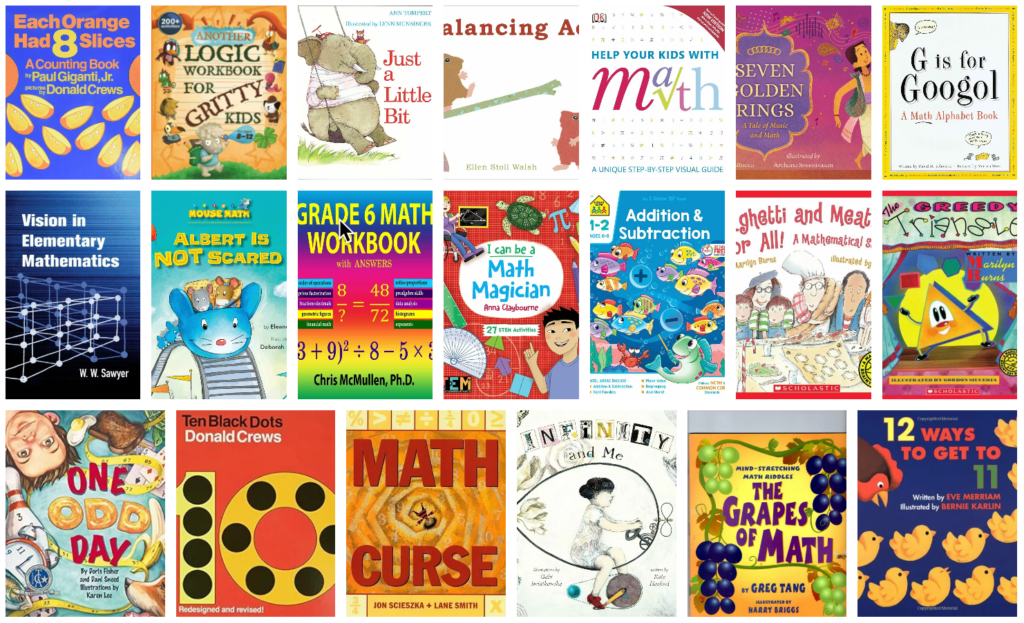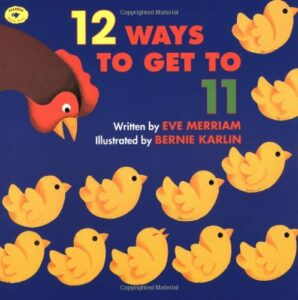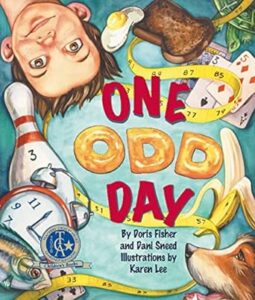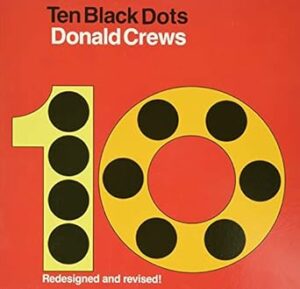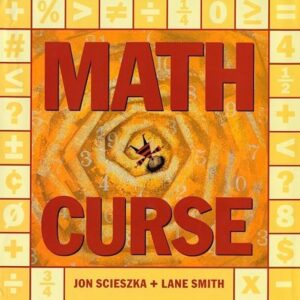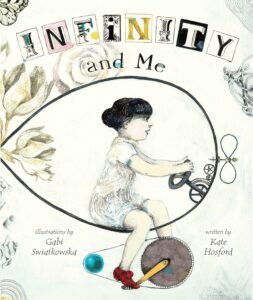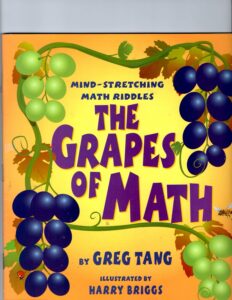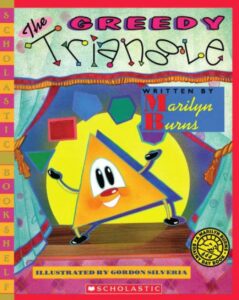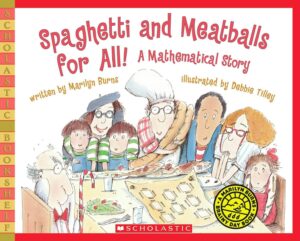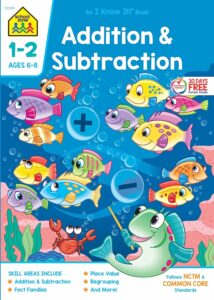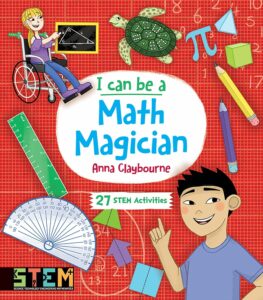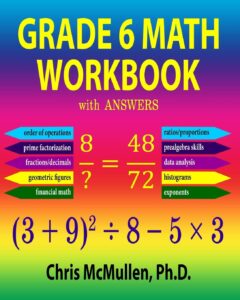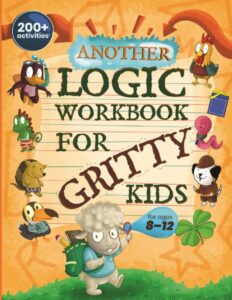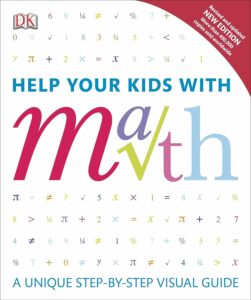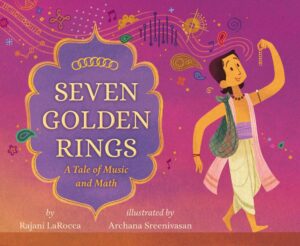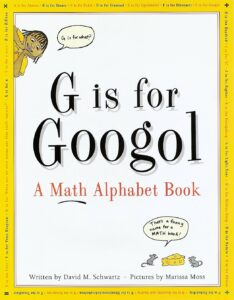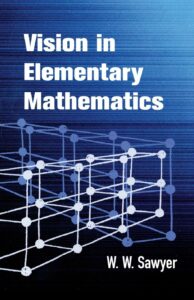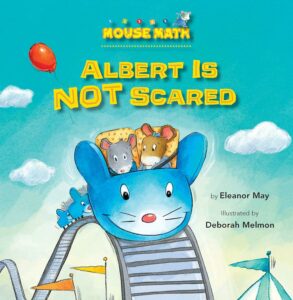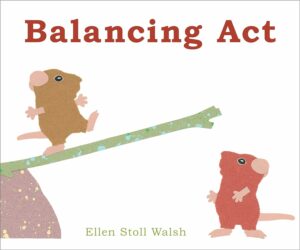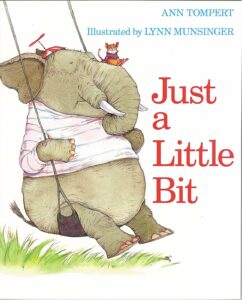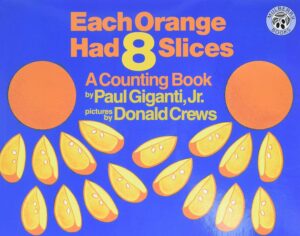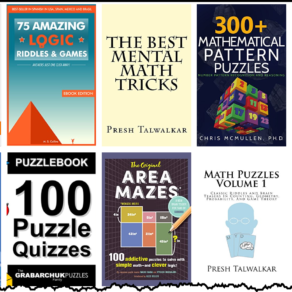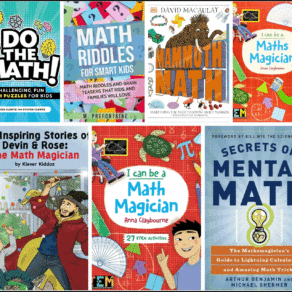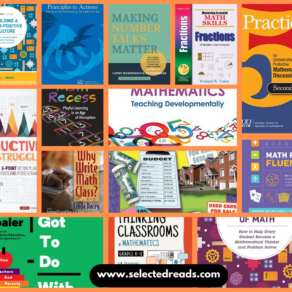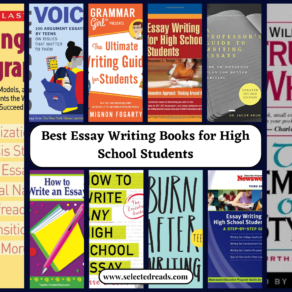Math books for elementary students are the topic of our blog post today!
As someone who’s spent years both in the classroom and researching education, I’ve found that one of the most effective ways to cultivate a love for math in young minds is through storytelling. Books that sneak in mathematical concepts within engaging narratives not only make learning fun but also help kids see math as less intimidating and more relevant to their lives.
Today, I’m sharing a roundup of some fantastic books that take this approach, perfect for introducing your little ones—or your students—to the wonders of numbers, balance, and even algebra! And if you’re on the hunt for even more math-related reads, be sure to check out my Math Books sections. You’ll find an array of book lists that delve into math puzzles, math games, and so much more.
Best Math Books for Elementary Students
Here are our top picks for best math books for elementary students:
1. 12 Ways to Get to 11 by Eve Merriam
This playful picture book takes the young reader on an imaginative journey to solve a simple yet intriguing math problem: where did 11 go? The book explores 12 different scenarios that add up to 11, from a magician’s hat to the hen’s barnyard, making math engaging and fun. The book’s creative approach to counting and addition makes it a great pick for early math learners. Eve Merriam and Bernie Karlin manage to turn a simple concept into a captivating math adventure.
Get it on : Amazon or Bookshop
2. One Odd Day, by Doris Fisher and Dani Sneed
A whimsical read-aloud story that will resonate with kids and adults alike, “One Odd Day” focuses on a young boy who finds everything around him turned oddly asymmetrical. Beyond the charming narrative, the book provides several activities in the “For Creative Minds” section to engage kids in counting and identifying patterns. With elements of humor and rhythm, this book goes beyond just teaching numbers—it offers a way to appreciate the oddities in life, mathematically speaking.
Get it on : Amazon or Bookshop
3. Ten Black Dots by Donald Crews
If you’re looking to meld creativity and basic math concepts effortlessly, Donald Crews’ “Ten Black Dots” is a solid choice. This Caldecott Honor artist offers young learners a visual treat while subtly teaching counting and number formation. Each page cleverly uses dots to form different images like a sun or a fox’s eyes, showing kids that numbers can be both practical and imaginative. It’s as much an art book as it is a counting book, making it a versatile addition to a young learner’s library.
Get it on : Amazon or Bookshop
4. Math Curse by Jon Scieszka and Lane Smith
You know those days when math problems just seem to invade every aspect of your life? “Math Curse” encapsulates that sentiment hilariously. It presents a young girl’s struggle with everyday math problems, from the time crunch to outfit choices, through quirky illustrations and engaging narratives.
But more than just a story, it offers a relatable perspective on how math is indeed everywhere, and how what seems like a “curse” can actually become an engaging challenge. A must-read for any kid (or adult!) who’s ever felt overwhelmed by the ubiquity of math.
Get it on : Amazon or Bookshop
5. Infinity and Me by Kate Hosford
Tackling the concept of infinity is no small feat, but “Infinity and Me” does it with poetic grace. Through the lens of a young girl named Uma, who feels overwhelmed when pondering the vastness of the night sky, the book delves into various representations of infinity—from endless numbers to boundless ice cream cones.
This narrative invites young readers to grapple with big questions in a tender and accessible way, showing that even complex mathematical ideas like infinity can be broken down into something relatable and understandable.
Get it on : Amazon or Bookshop
6. The Grapes Of Math by Greg Tang
If you think math is all about rote counting and equations, “The Grapes of Math” will open your eyes to its more creative side. This book is not just a collection of math problems but a journey into more intuitive ways of thinking.
Using rhymes and vibrant illustrations, it teaches kids how to group numbers for easier counting, effectively encouraging strategic thinking. And it does it all in an entertaining way that will pull even the most reluctant young mathematician into the fun of problem-solving. A Kirkus review called it a “winning addition,” and I couldn’t agree more.
Get it on : Amazon or Bookshop
7. The Greedy Triangle by Marilyn Burns
It’s not often that you find a book about shapes that delves into issues of contentment and ambition, but “The Greedy Triangle” does just that. Our protagonist, a bored triangle, seeks the thrill of becoming a new shape by adding more angles, but finds out that more isn’t always better. It’s a fun, colorful way to introduce basic geometry and life lessons to kids. Plus, it covers the foundational math skills in a context kids can easily understand: the desire for change and the unexpected consequences that may follow.
Get it on : Amazon or Bookshop
8. Spaghetti and Meatballs For All! by Marilyn Burns
We’ve all been there: The dinner table’s set, but wait, who sits where? “Spaghetti and Meatballs For All!” is not just a fun family tale but also an excellent intro to area and perimeter. As Mr. and Mrs. Comfort organize a family reunion, chaos erupts when everyone has their own ideas about the seating arrangement. The book cleverly uses humor and everyday situations to get kids to think mathematically, and by the end, they’ll have a solid grasp on some pretty essential math concepts without even realizing they were learning.
Get it on : Amazon or Bookshop
9. School Zone – Addition & Subtraction Workbook, by Joan Hoffman, Ph.D. Barbara Bando Irvin
This workbook is like a Swiss Army knife for early math learners, packing in everything from addition and subtraction to place value and regrouping. It’s methodical, breaking down concepts into easy-to-understand chunks, making it ideal for kids who like to work at their own pace.
The perforated pages are perfect for parents or teachers who want to tear out individual worksheets for targeted practice. Whether you’re a parent helping your child at home or a teacher looking for supplemental materials, this workbook offers a structured yet flexible approach.
Get it on : Amazon
10. I Can Be a Math Magician, by Anna Claybourne
Who says math can’t be magical? “I Can Be a Math Magician” is a riot of colors, activities, and fun math concepts that range from the basics to intriguing topics like fractals and infinity. Tailored for kids aged 8 to 12, the book is an all-in-one package that combines learning and play in a way that makes math approachable and engaging.
Activities are laid out in easy language, and the book even includes a quiz to test newly-acquired math skills. This is a fantastic pick for STEM education or as a thoughtful gift for a curious young mind.
Get it on : Amazon or Bookshop
11. Grade 6 Math Workbook with Answers by Chris McMullen
This Grade 6 Math Workbook serves as a comprehensive guide to arithmetic and prealgebra skills. Authored by Chris McMullen, who brings over twenty years of experience in teaching math, the workbook includes topics ranging from order of operations to financial mathematics.
The exercises are designed to make students more fluent in various math concepts, preparing them for advanced subjects. It’s a fantastic resource for anyone in 6th grade or for educators who want a robust set of exercises for their students.
Get it on : Amazon or Bookshop
12. Another Logic Workbook for Gritty Kids by Dan Allbaugh
Dan Allbaugh’s “Another Logic Workbook for Gritty Kids” ups the ante when it comes to building problem-solving skills and logical thinking. This sequel presents a variety of visually captivating puzzles and games that foster not just STEM skills but also a ‘gritty’ determination to solve challenges. With activities suited for kids aged 8-12, this workbook is a great choice for anyone looking to instill a love of problem-solving in children.
Get it on : Amazon
13. Help Your Kids with Math by Barry Lewis
Barry Lewis’s “Help Your Kids with Math” serves as a home-study guide for parents looking to support their children’s mathematical journey. This book doesn’t just speak to kids; it’s a resource for parents to understand the best ways to explain complex math topics, from algebra to statistics. The visual aids and clear instructions make it easy for parents to assist their children, making this book an essential companion for home learning.
Get it on : Amazon or Bookshop
14. Seven Golden Rings by Larocca and Rajani
“Seven Golden Rings” is a picture book that transcends the usual storytelling by incorporating a mathematical challenge into its plot. Set in ancient India, it tells the story of Bhagat, a boy who ventures into the Rajah’s city with a single coin and a chain of seven golden rings. He must figure out how to pay for his lodging without overpaying, and in doing so, offers readers a lesson in binary numbers. It’s a refreshing take on making math both entertaining and culturally enlightening.
Get it on : Amazon or Bookshop
15. G Is for Googol by David M. Schwartz
“G Is for Googol” is not your average alphabet book. This one is infused with math concepts ranging from Binary to Fibonacci, making it an exciting smorgasbord of math knowledge. With humor and wit, David M. Schwartz explores a multitude of math-related topics, helping kids understand not just the basics but also the fascinating complexities of math. This book works great as a classroom resource or a gift for any young mathematician at home.
Get it on : Amazon or Bookshop
16. Vision in Elementary Mathematics by W. W. Sawyer
W.W. Sawyer takes a refreshing approach to making elementary math more engaging through the use of visuals. The book essentially argues that many people are overwhelmed by larger numbers due to a lack of “vision.” To help with this, Sawyer provides a myriad of techniques to visualize, dramatize, and understand numbers better.
Aimed at both lovers of recreational math and teachers, this book covers various topics from basic multiplication to algebra and offers practical applications for each. It’s a resource that reminds me of how crucial visualization is in the classroom, especially when dealing with abstract concepts.
Get it on : Amazon or Bookshop
17. Albert Is NOT Scared by Eleanor May
In this playful book part of the Mouse Math series, Albert the mouse is tackling the concept of “Direction Words” through his first trip to the “amousement” park. Albert says he isn’t scared of rides but his preferences say otherwise. The storytelling wraps a basic math concept in a fun narrative that young readers can engage with.
Each book in the series also includes back matter activities and free online activities to reinforce both reading comprehension and math skills. What a clever way to introduce math vocabulary in the context of a story!
Get it on : Amazon or Bookshop
18. Balancing Act by Ellen Stoll Walsh
This charming picture book centers around two mice and their teeter-totter. The story unfolds as more animals want to join in, exploring the concept of balance and weight. It’s a simplistic yet impactful way to introduce children to principles of equilibrium. You can easily extend this into classroom activities that engage kids in hands-on balancing tasks, challenging their reasoning and problem-solving skills.
Get it on : Amazon or Bookshop
19. Just a Little Bit, by Ann Tompert
When an elephant and a mouse decide to play on a seesaw, they find themselves facing a balancing issue. The story incorporates other animals to help “balance the scales,” literally. This is another fantastic book that weaves in math concepts subtly into the narrative, allowing children to explore the concept of weight and balance. It can serve as a great prompt for classroom activities where students weigh different objects and discuss the results.
Get it on : Amazon or Bookshop
20. Each Orange Had 8 Slices by Paul Giganti Jr.
This picture book tackles the concept of multiplication and counting through dynamic illustrations and text. The book challenges young readers to consider questions like, “If each orange has 8 slices and each slice has 2 seeds, then how many seeds are there in all?” It’s a delightful way to introduce kids to multiplication and basic word problems, reminding us that math is all around us. The book would work wonders as a classroom resource, turning seemingly mundane objects into exciting opportunities for math exploration.
Get it on : Amazon or Bookshop
Final thoughts
The curated list I shared with you above is offers a unique take on making math accessible and fun for kids, tapping into stories, illustrations, and real-world problems. Whether you’re a parent looking to supplement your child’s learning or a fellow educator seeking to inject some life into your math curriculum, these books are a great starting point. They’re also a testament to the fact that math isn’t just about crunching numbers; it’s a lens through which to view the world.



